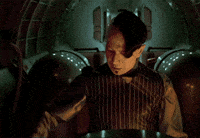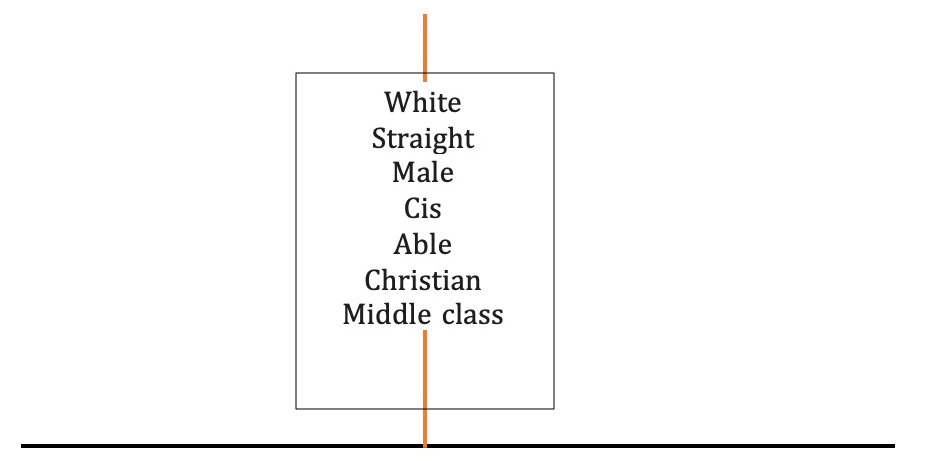I do not want to spend my Sunday writing about another problematic picture book or graphic novel. I want authors and illustrators to learn the very basics is Critical Race Theory and visual literacy and put those two things to work … together.

But, this is 2020 and CLEARLY I am not going to get what I want. That is the overwhelming message of this year. Not getting what we want is also the theme of much of mainstream children’s publishing.
So, here we are. Sunday night, 8:00 pm, middle of September and I am writing a response to the people – teachers, parents and past students – who have asked me about Sophie Blackall’s close to be released book If You Come To Earth. Publishers Weekly has given it a starred review (read their review here, I’ll wait) …. and there is lots of “oh, it’s so wonderful to see such diversity …”

The whole thing makes me want to hold my head.
Look.
People.
I cannot say this any clearer. Literally.
We, as a society, are marinating in oppressive views of the world that uphold a warped view of what is normal and anyone who exists outside that normed standard is marginalized.

Because we are marinating in this oppressive, warped view of normal, it means we all need to push and struggle against the assumed norm. That’s it. That is the The Work.
So, when I took a look at Blackall’s book, that is what I was looking for – affirmation of the assumed norm is good and everything else is bad or suspect or less. That is how I read everything! And, in this case, I look carefully at the images and what messages the images convey about marginalized people and communities.
I am going to take you through one image from Blackall’s book. This is from the middle … a double page spread of families at a park. At first glance it seems that lots of folks are represented.

But let’s look at the WAY they are represented …. and for this you have to dog into the parts of our cultural views of marginalized communities that we don’t want to admit to in polite society – but these are the messages that go unrecognized, and therefore, unchallenged.

In the upper left corner there is an African American woman … she is pregnant and has 4 kids around here. Now, remember the page is about families, and in the US, that most often means a nuclear family.
What do you notice? She is Black, has lots of kids, she’s pregnant, and no partner is anywhere in sight.
What is the common and racist stereotype about Black women in America?
yup.

Let’s look at this woman in a head covering and her daughter. Again, no partner. But, she’s not Black. I read her as some random Muslim of no particular region, race, or ethnicity. But, the anti-Islamic stereotype in American is that all Islamic men are terrorists and at war. So, where is her partner?

And, please note there is one other large family at the lower right corner. Probably Jewish orthodox of some sort. The girls are quietly drawing while the boys are actively playing.
I can’t.
I’m tired. I don’t want to address the reification of so many visual stereotypes on one page.
And before you at me – yeah. There are a couple of gay men with kids (again a 2 parent household). There is an intergenerational family, and a childless couple. My issue is with the unchallenged stereotypes that Black women have big families without stable male partners. My issue is with the missing Muslim dad. My issue is with the Jewish orthodox boys that are physically active and sedate girls.
So, here I am, 10:30pm on a Sunday night, in what is probably the worst year in history of years, reading a picture book that reminds me of the “multicultural melting pot” books of the 80s. It reminds me that unchallenged stereotypes set expectations for young readers. It reminds me that I’m tired and I want publishing to get better at seeing this crap before they send a book to press. I’m tired of reviewers ignoring or not seeing these oppressive tropes.

Wow, yes. Thank you for pointing those examples out. I’m not sure I would have noticed any of that.
This is also a good example of “window dressing” — in which the white nuclear family is placed in the foreground (representing ‘the norm”) and all the BIPOC and diverse families are placed behind them to support them as background color. This practice subtly reinforces white supremacy.
Thank you for making this post. I see this a lot: books that are supposedly about how great diversity is, and get praise for being diverse, but are still full of the same old tired, hurtful stereotypes.
Another thing I noticed about this image is that out of the 34 people in it, not one of them seems to have a disability. Is there disability representation anywhere else in the book? (Not that it would be enough to redeem this mess, but I’m curious.)